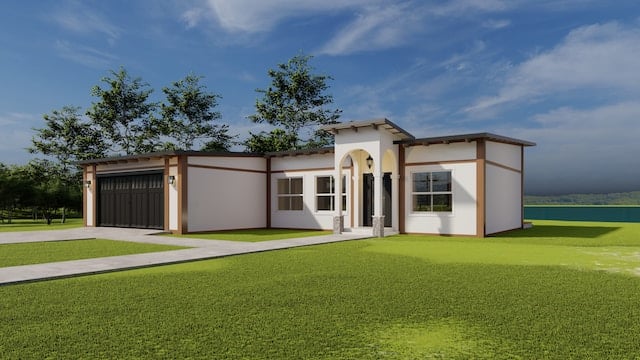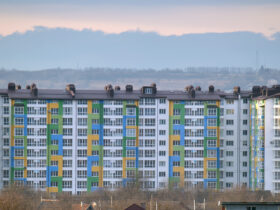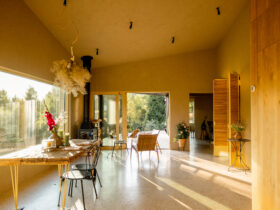Virtual visualization has emerged as a game-changer in the design and real estate industries, revolutionizing how professionals conceptualize, communicate, and present their ideas. Among the many technological advancements, 3D rendering is a key tool that has reshaped these sectors. This article will explore the transformative impact of 3D rendering on design and real estate, uncovering its benefits and highlighting its significance in unleashing the power of virtual visualization.
Enhanced Design Presentations
Captivating Visual Experiences:
With 3D rendering, designers can bring their concepts to life with stunning visual representations. Creating realistic and immersive environments allows them to effectively showcase their ideas to clients, stakeholders, and investors. The ability to present photorealistic images, animations, and walkthroughs elevates the overall quality of design presentations and enhances engagement and comprehension.
Iterative Design Process:
Gone are the days of relying solely on two-dimensional sketches and blueprints. 3D rendering enables designers to iterate their concepts rapidly and efficiently. With the flexibility to make changes in real-time, professionals can explore multiple design options, experiment with different materials and finishes, and refine their creations to perfection. This iterative process saves time and allows for better collaboration and client feedback, leading to enhanced design outcomes.
Revolutionizing the Real Estate Industry
Pre-Construction Visualization:
In the real estate industry, 3D rendering is pivotal in showcasing properties before they are built. With virtual visualization, developers can create lifelike renderings of upcoming projects, allowing potential buyers and investors to explore the property’s features, layout, and overall aesthetics. This immersive experience aids decision-making, accelerates the sales process, and reduces the need for physical showrooms, ultimately saving costs for developers.
Customization and Personalization:
The power of this visualization technique extends beyond presenting existing properties. It allows real estate professionals to offer customized solutions to their clients. Through virtual visualization, prospective buyers can visualize modifications, such as interior design changes, furniture arrangements, or even structural alterations. This level of personalization enhances customer satisfaction and enables developers to showcase a property’s full potential, ultimately increasing its market value.
Transforming the Design-Build Workflow
Efficient Communication:
Integrating 3D rendering into the design-build workflow has revolutionized communication between architects, engineers, and contractors. With detailed and accurate virtual models, all stakeholders can visualize the project unified, minimizing misinterpretation and errors. This streamlined communication fosters collaboration, reduces costly revisions, and ensures everyone is on the same page, leading to smoother project execution.
Sustainability and Cost Optimization:
3D rendering has also contributed to sustainable design and cost optimization in the construction industry. Professionals can analyze design decisions’ environmental impact and financial feasibility by simulating lighting conditions, energy usage, and material choices. This allows for identifying energy-efficient solutions, waste reduction strategies, and overall optimization of resources. Consequently, projects can achieve higher sustainability standards while staying within budget constraints.
Conclusion
In conclusion, 3D rendering has unleashed the power of virtual visualization, transforming the design and real estate industries in profound ways. From captivating design presentations to revolutionizing the real estate market, 3D rendering has become an indispensable tool. Its ability to enhance design iterations, showcase properties before construction, facilitate customization, streamline communication, and optimize sustainability and cost-effectiveness has made it an essential component in the arsenal of professionals in these sectors. As technology continues to evolve, the transformative impact of 3D rendering will undoubtedly and surely continue to shape the future of design and real estate.














Leave a Reply